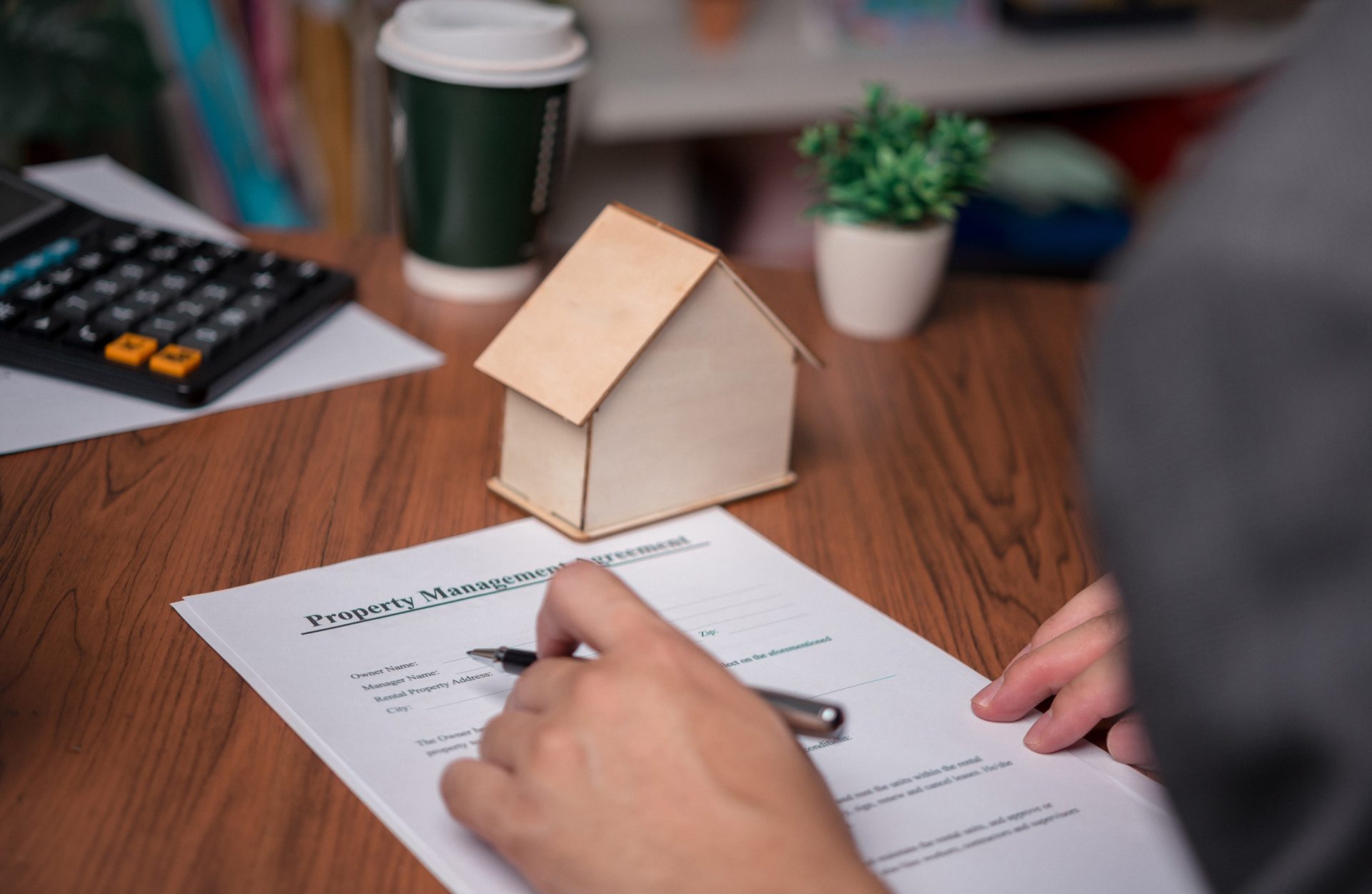National Homeownership Month
National Homeownership Week was established in 1995 and expanded to National Homeownership Month in 2002. The month-long celebration reinforces the belief that owning a home is a critical step towards achieving the American dream. The history of homeownership assistance in the U.S. involves access to financing and incentives. This assistance helps make the purchase of a home possible for a wider range of buyers. Since the 1800s, key government initiatives for housing support include:
- Establishing the U.S. banking system with the 1860s National Banks Acts, making home mortgages available for the first time.
- Creating the Home Owners’ Loan Corporation in 1933, the Federal Housing Administration in 1934, and the Federal National Mortgage Association (now known as Fannie Mae) in 1938 to stabilize the housing market during the Depression. In its 87 years, the FHA has helped more than 44 million citizens to become homeowners.
- Creating the G.I. Bill of 1944, providing for subsidized mortgages for the veterans of World War II.
- Passing the Fair Housing Act of 1968, banning discrimination in housing based on religion, race, gender, and natural origin.
Homeownership by the Numbers
While we have come a long way, opportunity remains to expand the ability to build wealth through homeownership.
- 30% – nearly 1/3 of American households devote more than 30% of their income to housing costs.
- 50% – Eleven million renters spend more than half their household budget on a place to call home.
- 2 Million – Two million seniors spend more than 50% of their income on rent during their “golden years.”
- 37 – For every 100 extremely low-income household, there are just 37 affordable rental units available.

New Housing is Expensive
The rising price of new housing developments is one part of the problem. In 2017, Fannie Mae estimated the average cost of building a one- to three-story apartment to be $192 per square foot. This represents a 30% increase from 2013.
- This often translates into rents between $1,500 and $2,000 a month.
- Families need to earn $60k – $80k per year to afford that, which is beyond reach of low-to-moderate income customers.
Why the Squeeze?
- Experts, like the Federal Reserve, say this housing shortage is due in part to zoning and land use regulations that limit available space for development.
- As a result, fewer multi-family and low-income housing units are built.
Banks Are Making a Difference
Banks understand that affordable housing requires more than making a loan. It takes flexible capital and cooperative relationships with consumer groups, nonprofits, and government agencies to foster community development. To help meet these housing needs, banks work with:
- Nonprofits and Community Development Financial Institutions (CDFIs) to provide products with flexible underwriting standards and technical assistance.
- State Housing Finance Agencies (HFAs) to secure low interest rates, low down payment mortgages and closing cost assistance for low-and moderate-income buyers.
- The Department of Housing and Urban Development (HUD) to participate in their Rental Assistance Demonstration (RAD) program and Home Investment Partnership program (HOME).
- Government Sponsored Enterprises (GSEs) like Fannie Mae, Freddie Mac and the Federal Home Loan Banks to access funding for well-priced single family and multi-family loans and to participate in the Affordable Housing Program (AHP) and the Community Investment Program (CIP).
Get Started with GRB
GRB provides government-backed loans (USDA, VA and FHA) to provide low down payment lending options. GRB is also an active participant in the Federal Home Loan Bank of New York Homebuyer Dream Program (HDP). HDP provides down payment assistance and counseling services for low- to moderate-income homebuyers. Collaboration between banks and housing-focuses agencies helps those in need find a place to call home in a challenging market.
If you’re considering a home purchase, contact GRB’s Mortgage Team to get started. As a community bank, GRB focuses on the growth of this region. Through our wide range of home lending options, GRB commits to supporting homebuyers during National Homeownership Month – and every day!




